Lesson 1: Cao Bang army and people eagerly go to the front
On December 19, 1946, President Ho Chi Minh called on the entire nation to join the resistance war against the French colonialists with the spirit of "rather sacrifice everything, but never lose the country, never become slaves". From here, fierce fighting took place across the battlefield, in which Route 4 connecting Quang Ninh - Lang Son - Cao Bang became an important area. The French colonialists considered this a "steel shield" to block the supply route from the border, turning this vital route into the largest concentration of troops in the Northeast region. With a proactive spirit, the Provincial Party Committee and the Provincial Administrative Committee of Cao Bang immediately issued a call: "In the midst of the Fatherland's danger, the duty of every citizen is to work hard, increase production to contribute a part of blood and bones to the long-term resistance war against the invading French colonialists", which was responded to by the army and people of Cao Bang, who enthusiastically went to the front.
The whole people unanimously built a resistance economy .
Celebrating the 75th anniversary of the Border Victory in 1950, we followed National Highway 4 (from the center of Cao Bang province through Kim Dong, Dong Khe, and Phuc Hoa communes)... which used to be an ancient battlefield filled with trenches, fortifications, and bomb craters from fierce battles, now has a new look: prosperous villages, green fields, and well-restored relics.
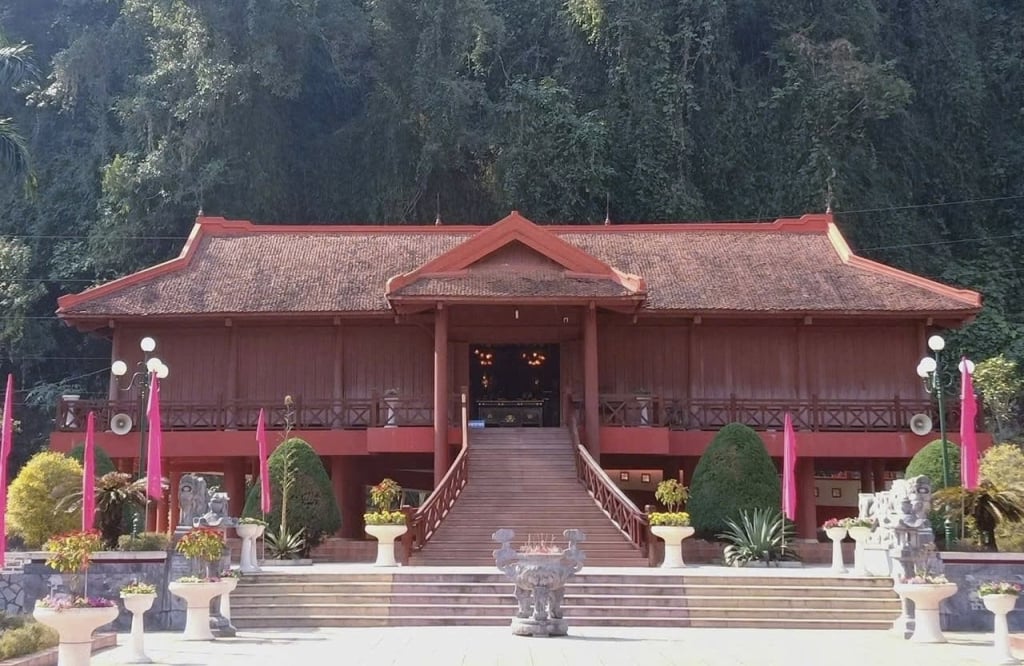
Amidst the peaceful life, the people here still proudly remember the fiery time when their ancestors sacrificed their blood and bones for the Fatherland in the resistance war against the French colonialists (1946 - 1954). In those years, to control Route 4, the French colonialists built dense posts, built bunkers and strong fortresses, used bombers, and dropped elite troops to sweep and occupy each area. The villagers had to evacuate to mountain caves, their houses were devastated by the enemy's arson and "scorched earth resistance". But bombs and bullets could not subdue the spirit of resistance: from old to young, everyone was united, seething with enthusiasm, wholeheartedly supporting the resistance.
We were led by comrade Dam Dinh Dao, Chairman of the People's Committee of Phuc Hoa commune, to meet the veterans and hear about the historical witnesses here during the resistance war, such as Mrs. Dam Thi Ke (Tuc My hamlet, former My Hung commune) and Mrs. Nong Thi Ly (Ban Cham hamlet, former Secretary of the Women's Union of former My Hung commune) who participated in the resistance war. From 1947 to 1950, the old Phuc Hoa district (now Phuc Hoa commune) had many movements to the front, attracting women and farmers to participate enthusiastically. The people here established many production labor groups, took advantage of plowing, increasing food, contributing to the Charity Fund, taking care of the rear so that men could go to the front line. Every day, they cooked dozens of pots of rice, supplying the soldiers and guerrillas.
That spirit was not only present in My Hung, Hoa Thuan (Phuc Hoa commune) but also spread throughout the surrounding areas. In March 1947, the Resistance Committee (chaired by comrade Duong Cong Hoat) was established, directing the construction of safe areas, hiding food, avoiding enemy terror, and at the same time mobilizing the entire population to participate in the resistance. In particular, the women and youth movement developed strongly. They not only increased production but also directly carried rice and transported ammunition over mountains and forests to the battlefield. Many women skillfully camouflaged themselves, wearing leaves on their hats, avoiding bombs and bullets to supply the troops. They also wove cloth, sewed defense shirts, made blankets, scarves, and dry food bags to send to the front.
The long-term resistance war required fundamental preparation. The Cao Bang Provincial Party Committee soon put the local revolution into order, building a resistance economy with the motto "both resistance and nation building". People of all ethnic groups united to increase production, ensuring enough food and manufacturing rudimentary weapons to support the front line. Every person, from the elderly to children, had a place in the "people's battlefield", turning Cao Bang into a large, solid rear base of the Northeast battlefield, contributing to the 1950 Border victory, creating a decisive turning point in the resistance war against French colonialism.
Armed for all - Strength from the people
With the spirit of "All people go to war", Cao Bang Provincial Party Committee soon determined to rely on the people to build a people's war posture. On April 15, 1947, the Provincial Militia was established with comrade Nhu Thanh as the Provincial Team Leader; after that, the district, town and commune teams were established one after another, quickly mobilizing about 8,000 militia and guerrillas to operate widely throughout the province. These forces both practiced and coordinated with the main force, creating a combined strength. The main force Regiment 24 was supplemented with troops and weapons; the district and commune guerrilla platoons undertook border patrols and coordinated participation in battles.
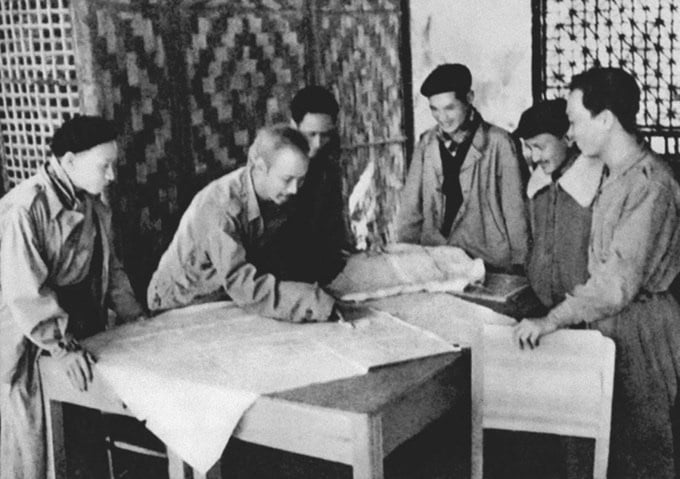
In Dong Khe commune, where fierce battles on Route 4 used to take place, veteran Nong Quoc Cuong recounted examples such as Nong Van Pao (Thai Cuong commune, old Thach An district, now Kim Dong commune), who participated in Company 670, coordinated with the militia of Thach An district to participate in fierce battles at Keo Ai, Lung Phay, Na Deng (present-day Dong Khe commune), forcing the French army to retreat. The French army parachuted into the village, burning it down, but the villagers were not afraid. The elderly and children were worried about the scorched earth resistance, while the youth enthusiastically joined the army.
Many other examples such as Mr. Nong Van Tieu, Dong Khe commune (Trong Con commune, old Thach An district) was one of the young men who enthusiastically joined the army in 1946. In an ambush in Bac Kan, he killed 5 French soldiers, damaged enemy vehicles, causing them to flee in terror.
Along with building up its forces, Cao Bang also focused on self-sufficiency in weapons. Le To military workshop was relocated to Lam Son (Hoa An commune), expanding production and repairing equipment for units. In localities such as Trung Khanh, Quang Uyen, Nguyen Binh..., many blacksmith groups were established, repairing broken guns and manufacturing rudimentary weapons. Thanks to that, the local army and militia quickly grew in both quantity and quality. By October 1947, the province had added 900 new recruits, establishing Battalion 73 - the main mobile unit, both fighting and reserving for long-term development.
From here, the people's war truly became a solid position, causing the French army to fall from an active position to a passive position, encountering countless difficulties on the Cao Bang battlefield.
Scorched Earth Resistance - Little Sacrifice, Many Benefits
In the early years of the national resistance war, faced with a great disparity in the balance of power, the Cao Bang Provincial Party Committee chose a special strategy: scorched earth resistance, taking advantage of the rugged terrain combined with the strength of the entire people to weaken the enemy. This was not only a temporary solution but also a strategic move, contributing to maintaining the main force and stopping the advance of the French army.
The policy quickly spread among the people with the motto: Destruction to resist. As President Ho Chi Minh called: "A pickaxe of the people is like a bullet of a soldier fired at the enemy." The people understood and unanimously implemented: bridges, roads, warehouses, and items that could be used by the enemy were all destroyed; villages along the road thoroughly applied "empty gardens, empty houses", food was hidden in mountain caves, and livestock was taken into the deep forest.
To effectively implement the plan, the Provincial Party Committee established three sabotage teams operating on strategic axes: Cao Bang - Dong Khe, Cao Bang - Ngan Son, Cao Bang - Nguyen Binh. At the same time, the movement to sabotage the enemy's economy spread widely, the markets established by the French were boycotted, trade was cut off, making them increasingly passive.
In just 2 years (1947 - 1948), the whole province destroyed 67 bridges and culverts, dug 7,800 holes across the road surface, destroyed 2,500 meters of road at dangerous points, and erected thousands of obstacles on nearly 5,000 meters of vital routes. Many sections were booby-trapped with spikes and camouflaged with trees, causing the French army to repeatedly fall into traps during their marches and sweeps.
Mr. Dinh Quang Khai, Phuc Hoa commune, recalled: Before evacuating to the mountains, his whole village simultaneously destroyed bridges, dug spike pits, leaving behind "empty gardens and empty houses". The elderly, women, and children all contributed, some families even demolished newly built houses so that the enemy could not take advantage of them. The scorched earth resistance tactic was very effective: the enemy was in trouble because their roads were cut off, their warehouses were empty, and they had no support; while our army organized many raids and ambushes to wear down the enemy's strength.
Scorched earth resistance is a unique military art of Cao Bang, contributing to turning this place into a "graveyard of French invaders" in 1947 - 1948, in accordance with the motto "little sacrifice, great benefits", and at the same time laying the foundation for later resounding victories on the historic Route 4.
| Route 4, the “throat” of the resistance: After the Provisional Agreement on September 14, 1946, the French colonialists clearly revealed their plot of betrayal, and were actively preparing to reoccupy our country by force. They aimed straight at Viet Bac - the “Capital of the Resistance”, where the Party Central Committee, the Government and President Ho Chi Minh were stationed. On the military map, Route 4 ran along the Vietnam - China border, from Mong Cai, Tien Yen (Quang Ninh), through Loc Binh, Dinh Lap (Lang Son), connecting to Thach An, Phuc Hoa, Quang Uyen (Cao Bang), considered the “strategic bloodline” that France was determined to control. Cao Bang - the outpost, the border gateway connecting with Long Chau, Bang Tuong (China) - was not only an important revolutionary base but also a “fence” protecting Viet Bac. Understanding its importance, since 1947, the French have densely built forts and bunkers along Route 4, turning this place into a fierce battlefield. In that situation, the army and people of Cao Bang responded unanimously: "Arming the whole people", "Widespread self-defense", "Scorched earth resistance"... creating a solid people's war posture, laying the foundation for later decisive victories (excerpt from an interview with Lieutenant Colonel Dang Van Viet, former Commander of Regiment 174 - 2020). |
Lesson 2: "The Gray Tiger of Route 4" - The legend from the battles of winning many with few.
Lesson 3: President Ho Chi Minh went to battle, lighting the fire of belief in victory.
Lesson 4: The resounding victory of Dong Khe opened the way to liberate Cao Bang.
Source: https://tuyengiaocaobang.vn/index.php/tin-trong-tinh/hao-khi-duong-so-4-ban-anh-hung-ca-di-cung-nam-thang-bai-1-2040.html



![[Photo] Binh Trieu 1 Bridge has been completed, raised by 1.1m, and will open to traffic at the end of November.](https://vphoto.vietnam.vn/thumb/1200x675/vietnam/resource/IMAGE/2025/10/2/a6549e2a3b5848a1ba76a1ded6141fae)




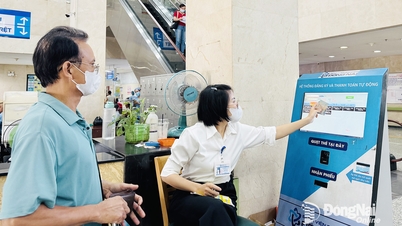

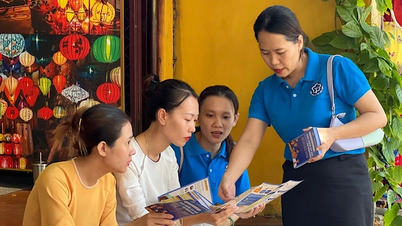



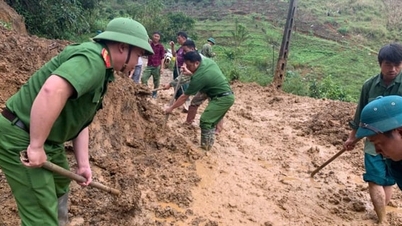

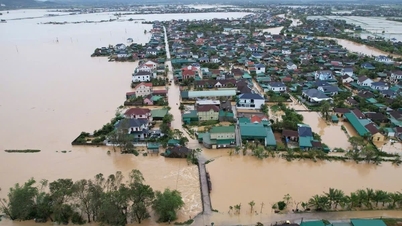

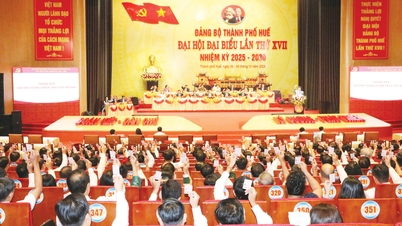





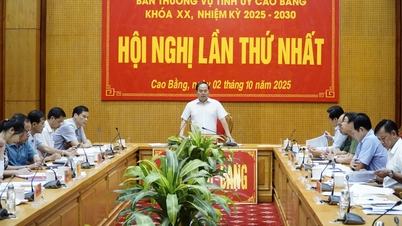

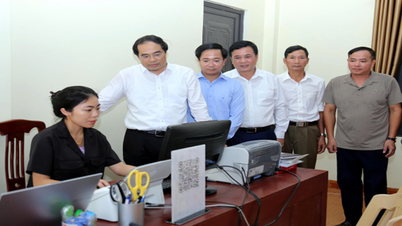
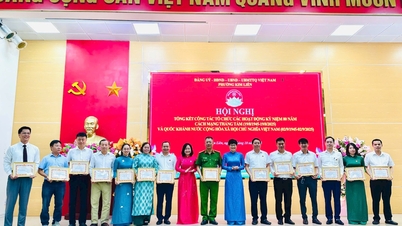
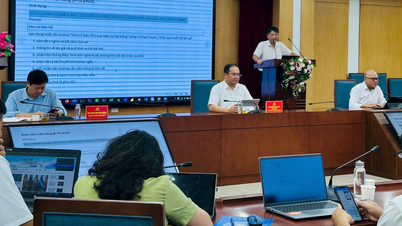
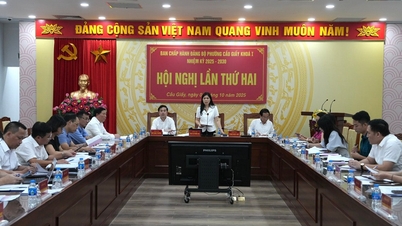

































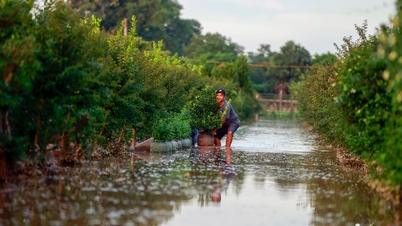
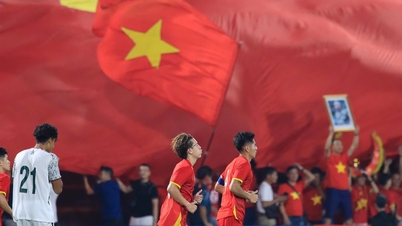




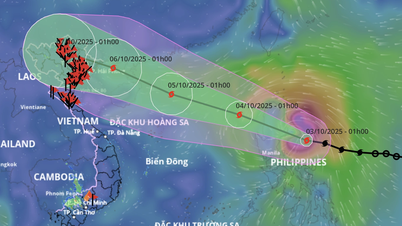
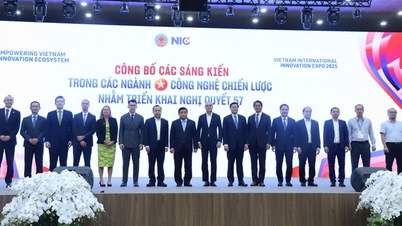


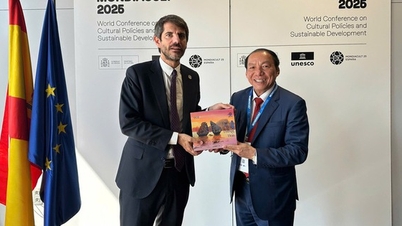
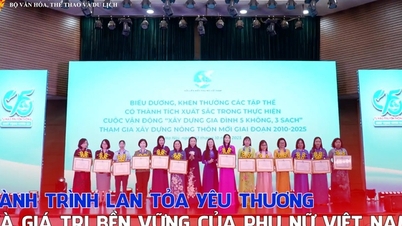




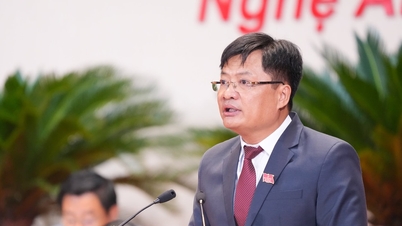

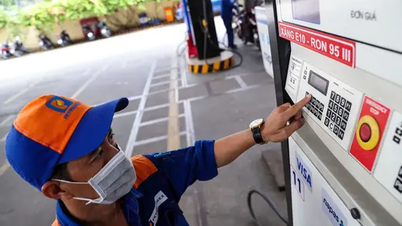

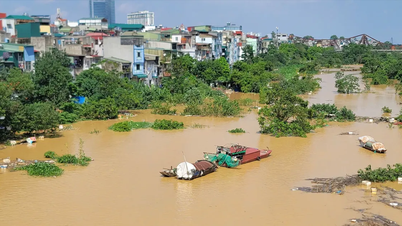

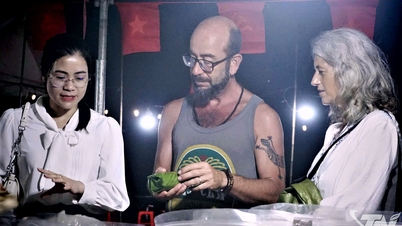















Comment (0)